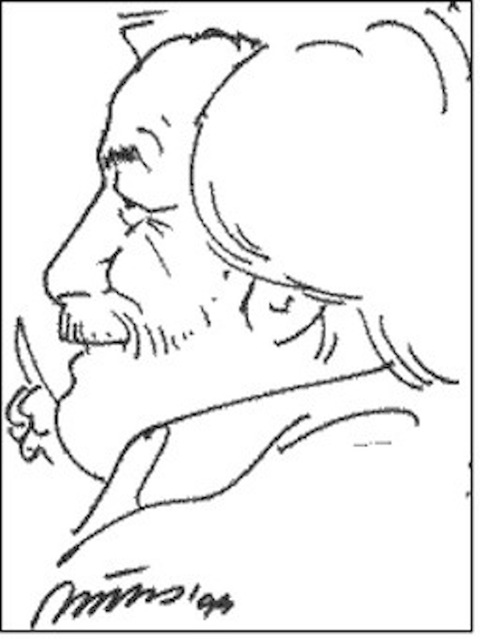Jorge Taborga
Abstract
This essay examines conscious evolution through an integral lens. It presents a perspective on the dilemma of our times focusing on evolutionary responsibility. Evolution is examined from the dimensions of depth and complexity, or subjectivity and objectivity. Frameworks are explored encapsulating human evolution from both of these dimensions. The integral framework is presented as informed by integral theory. Wilber’s integral constructs of All-Quadrants, All-Levels and All-Lines (AQAL), levels and lines of development, states, and types are introduced. …

 One of the challenges with Spiral Dynamics integral has not been the clarity of the Gravesian framework, but the fragmentation of information on how to apply it to self and human systems. Both of the authors (Don Beck and Chris Cowan) have continued training programs in the …
One of the challenges with Spiral Dynamics integral has not been the clarity of the Gravesian framework, but the fragmentation of information on how to apply it to self and human systems. Both of the authors (Don Beck and Chris Cowan) have continued training programs in the … Bill Drath and Charles Palus wrote a paper in 1994 for the Center for Creative Leadership: “Making Common Sense: Leadership as Meaning-making in a Community of Practice.” Subsequently, Drath extended his thinking in his 2001 book, The Deep Blue Sea: Rethinking the Source of Leadership (Jossey-Bass). He participated in writing and publishing other articles and Center material, as well. A couple of years ago, he retired from the Center. But I discovered the 1994 article only recently. It …
Bill Drath and Charles Palus wrote a paper in 1994 for the Center for Creative Leadership: “Making Common Sense: Leadership as Meaning-making in a Community of Practice.” Subsequently, Drath extended his thinking in his 2001 book, The Deep Blue Sea: Rethinking the Source of Leadership (Jossey-Bass). He participated in writing and publishing other articles and Center material, as well. A couple of years ago, he retired from the Center. But I discovered the 1994 article only recently. It …